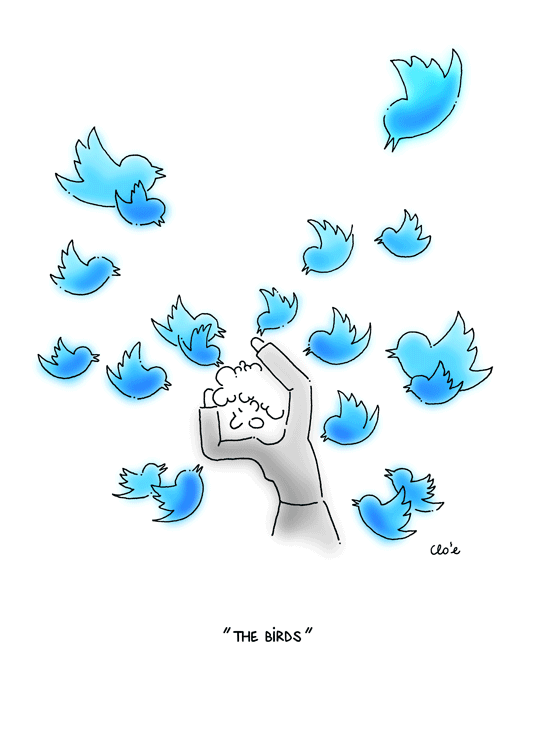What the tweets reveal about our way of thinking
A study of 800 million tweets shows that our way of thinking is different depending on the time of day.

A large analysis of around 800 million tweets over a period of 4 years suggests that circadian rhythms control our thinking. We know that circadian rhythms affect our mood, as our energy levels increase and decrease at different times of the day.
But can our internal clocks also affect our way of thinking? Previous research has shown that short-term interruptions in the circadian rhythm can alter our memory, attention and problem-solving abilities.
In the long term, these interruptions have been linked to mental health disorders, such as schizophrenia, bipolar disorder and depression, which gives more credibility to the hypothesis that the sleep-wake cycle could control our thinking.
Now, a study of 800 million tweets provides scientific evidence that supports this theory. Our thinking, as well as the underlying emotions, tend to change throughout the 24-hour sleep and wake cycle, suggests the research published in the journal PLOS ONE.
Analyzing the content of 7,000 million words

The experts, led by Nello Cristianini, professor of artificial intelligence at the University of Bristol (United Kingdom), used computer algorithms to analyze 800 million tweets, throughout the day, 24 hours, over a period of 4 years. This sums up around 7,000 million words.
In this incredible amount of words, the researchers tracked the use of specific words that are related to 73 psychometric indicators, or measures of our latent thinking and emotional patterns.
"The analysis of the content of the media, when properly done, can reveal useful information for both social and biological sciences," clarifies Cristianini.
In general, the study found that at 6 a.m., analytical and logical thinking was at an all time high. At night, however, the collective thinking style became more emotional and melancholy.
The range of 5-6 a.m. It was associated with nouns that suggest a concern for achievement and power, while at night researchers found a more emotional, social and impulsive thinking pattern.
Finally, between 3 a.m. and 4 a.m., the analysis revealed a correlation with words that express existential concerns, but an inverse correspondence with words that indicate positive emotions.
Circadian rhythms can govern our thinking

The authors of the study suggest that the observed changes are due to our circadian rhythms because they coincide with changes in brain activity and hormone levels. In addition, the scientists were able to accurately predict thinking and emotional patterns throughout the 24-hour cycle.
"Circadian rhythms are an important feature of most systems in the human body, and when they are interrupted they can result in certain psychiatric or physical disorders." The use of multimedia data allows us to analyze the neuropsychological parameters in a large unbiased population. get information about how the use of language related to mood changes depending on the time of day, "concludes Stafford Lightman, co-author of the paper.
According to the study, between 05.00 and 06.00 the thought is more analytical


